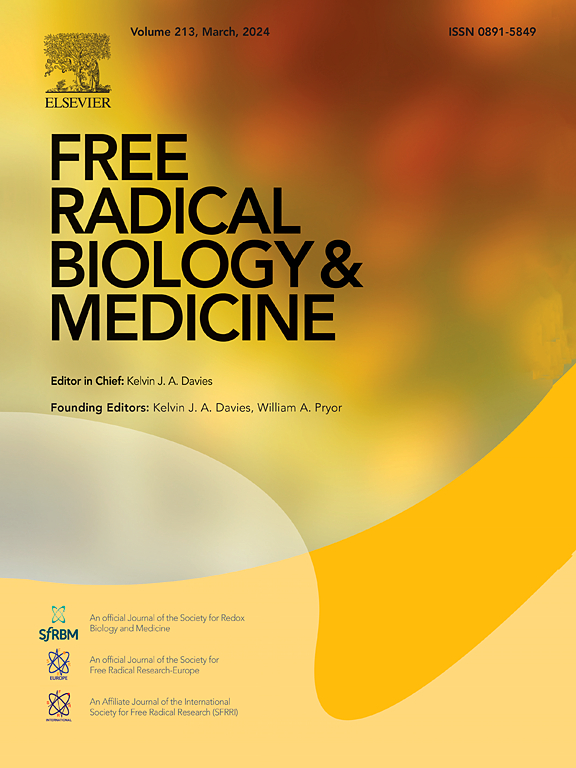Betulinic acid protects against lipopolysaccharide and ferrous sulfate-induced oxidative stress, ferroptosis, apoptosis, and neuroinflammation signaling relevant to Parkinson's Disease
IF 7.1
2区 生物学
Q1 BIOCHEMISTRY & MOLECULAR BIOLOGY
引用次数: 0
Abstract
Background
Parkinson's disease (PD) is a progressive neurodegenerative disorder characterized by the selective degeneration of dopaminergic neurons in the substantia nigra, leading to profound motor dysfunction and non-motor symptoms.
Objectives
Despite significant advancements in understanding PD pathophysiology, effective disease-modifying therapies remain elusive. Current research efforts are increasingly focused on developing and refining advanced in-vivo models to unravel PD mechanisms and explore novel therapeutic interventions. In this study, we investigated the neuroprotective potential of Betulinic acid (BA), a natural triterpenoid, in an experimental model of PD.
Material and methods
We evaluated the amelioration of motor impairments and associated pathological alterations in Wistar rats. The experimental model involved the administration of lipopolysaccharide (LPS) and ferrous sulfate (FeSO4). BA was administered orally to evaluate its potential neuroprotective effects.
Results
Our findings demonstrated that BA administration significantly reversed behavioral deficits and mitigated molecular, immunohistopathological, and biochemical abnormalities in LPS + FeSO4-induced PD model. Notably, BA treatment restored levels of tyrosine hydroxylase (TH) and reduced alpha-synuclein (α-syn) accumulation, both of which were significantly altered in this model. These neuroprotective effects were accompanied by a reduction in oxidative stress, ferroptosis, and apoptosis biomarkers implicated in neurodegeneration.
Summary
These results collectively suggested that α-syn aggregation, ferroptosis, and apoptotic cell death are the critical contributors to PD pathology and highlighted Betulinic acid as a promising therapeutic candidate for combating neurodegeneration in PD. These findings may open new avenues for developing pharmacological agents targeting the complex mechanisms of PD.

求助全文
约1分钟内获得全文
求助全文
来源期刊

Free Radical Biology and Medicine
医学-内分泌学与代谢
CiteScore
14.00
自引率
4.10%
发文量
850
审稿时长
22 days
期刊介绍:
Free Radical Biology and Medicine is a leading journal in the field of redox biology, which is the study of the role of reactive oxygen species (ROS) and other oxidizing agents in biological systems. The journal serves as a premier forum for publishing innovative and groundbreaking research that explores the redox biology of health and disease, covering a wide range of topics and disciplines. Free Radical Biology and Medicine also commissions Special Issues that highlight recent advances in both basic and clinical research, with a particular emphasis on the mechanisms underlying altered metabolism and redox signaling. These Special Issues aim to provide a focused platform for the latest research in the field, fostering collaboration and knowledge exchange among researchers and clinicians.
 求助内容:
求助内容: 应助结果提醒方式:
应助结果提醒方式:


